It’s time we made ‘rewilding’ second nature for environmental policy
Learning to let nature take care of itself may well be one of the most important things we can do to combat human-made climate change, Enis Yucekoralp discovers

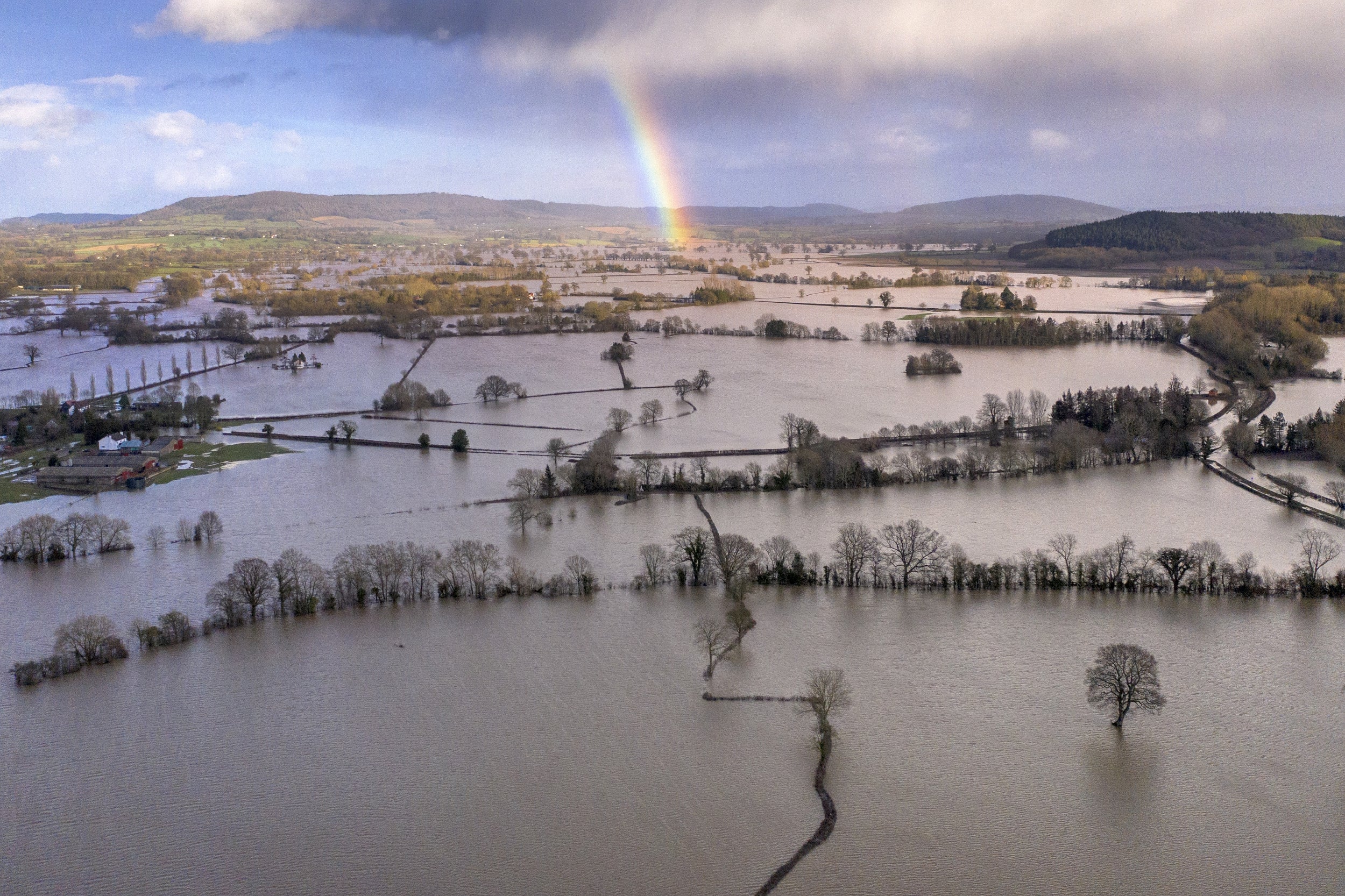
We are in the midst of an environmental crisis, a climate emergency. We have reached a point where reducing carbon emissions is insufficient, we also have to remove carbon from the atmosphere. To protect our climate, decelerate the heating of the planet, and lock away carbon, nature remains our greatest ally.
With the planet’s health at stake it is imperative that we support conservationists lobbying governments to inject funding into ecological policy. One such project that has a global appeal but is pragmatically local in its focus is rewilding.
So, what exactly is rewilding? Speaking to Professor Alastair Driver, director of the charity Rewilding Britain, that is one of the points he is eager to clarify. Put simply, it is “the large-scale, long-term restoration of ecosystems to the points where nature is able to take care of itself, starting with reinstating natural processes. A marathon with a sprint start,” he tells me.
Yet, he asks me to keep in mind the relative scale of this: “Rewilding Britain’s ambition is to catalyse the rewilding of 5 per cent of Britain’s landmass by 2100 and the vast majority of that is likely to be in Scotland.”
Rewilding Britain was launched as a registered charity in 2015 with the aim of encouraging rewilding in the UK to reverse ecological decline and contribute to tackling climate breakdown. Professor Driver explains that rewilding “is a long-term spectrum of activity. We have to be able to demonstrate how it can help people as well as nature, to show the societal benefits of it.” That, crucially, is one of the key mission statements that Rewilding Britain is hoping to achieve.
While this can be considered an issue of public money for public good, Professor Driver is keen to stress the importance of bringing in private money to help combat the crisis. “Carbon taxation of big greenhouse gas emitters” would be one way to contribute towards positive externalities for the environment. From air to water, when pressed for priorities he tells me that “upstream thinking by water companies” is an essential part of rewilding’s gestalt methodology.
While the concept of rewilding may put one in mind of fauna, it also has a heavy focus on flora. Nowhere is this more critical than in flood risk management, where rewilding takes a natural intervention approach. Restoring the natural vegetation communities of valuable moorland, for example, can have a measurable impact. Sphagnum, a common type of peat moss, has a great deal of water retention; therefore, in heavy rainfall it can slow the flow of surface runoff down hillsides and help to protect downstream communities from flooding.
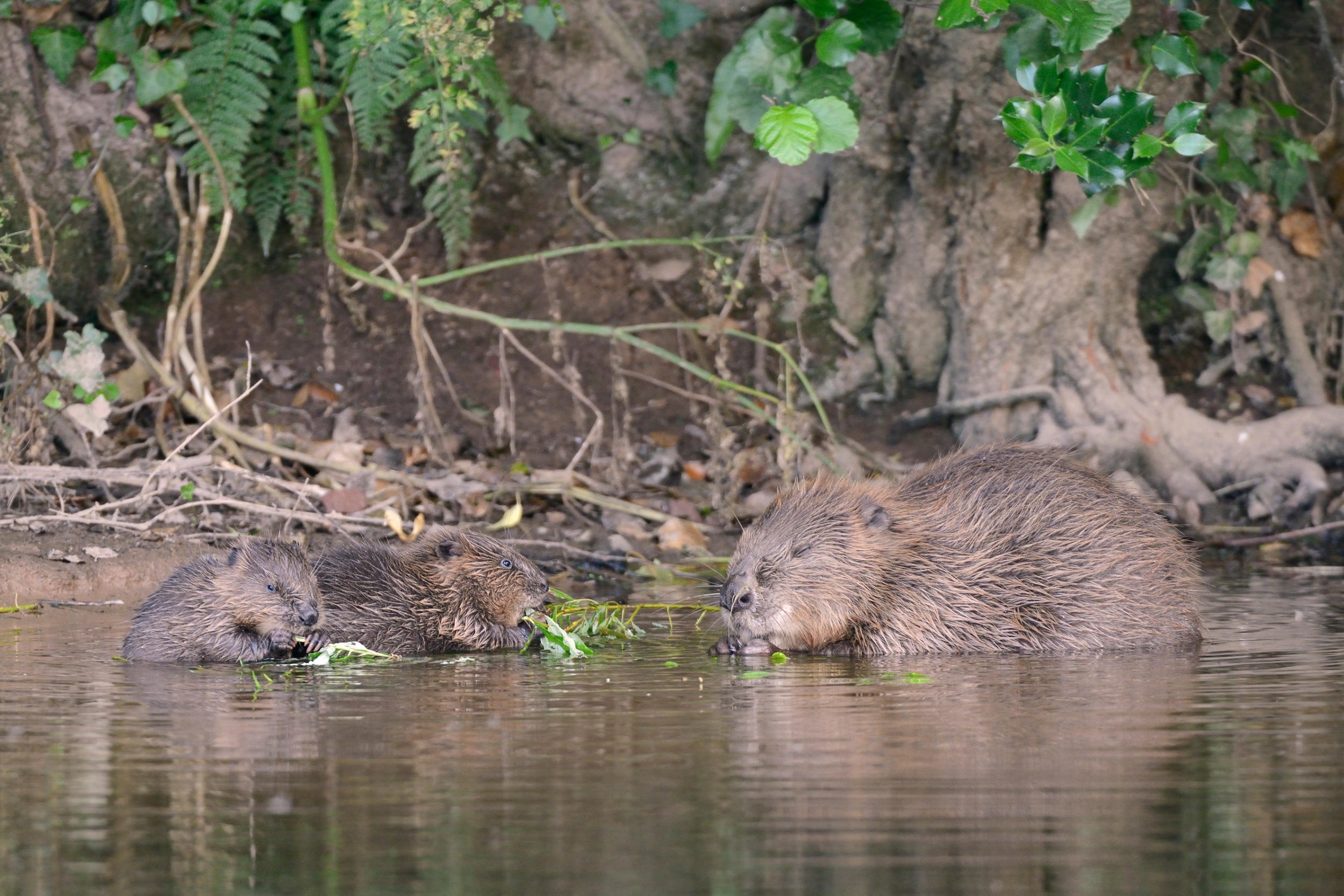
Protecting plant life can create and foster an organic resilience. This can be as simple as strategic tree planting along a river’s floodplain, restoring peat bogs, or by restoring leaky dams – though the latter may indeed be a job for nature’s original dam builders.
In February 2020, the results of a five-year study of wild-living animals in Devon concluded that the presence of beavers has mitigated flooding, encouraged populations of aquatic wildlife, and reduced pollution on the ironically named River Otter.
By cutting down on pollution, alleviating flooding, and fortifying the climate-crisis resilience of this area of southwest England, the hope is that the beavers’ continued existence will be given the green light
Thanks to the Devon Wildlife Trust, and eventual government support, a team of scientists led by the University of Exeter’s Professor Richard Brazier has demonstrated that the positive impacts of the re-establishment of beavers far outweigh the negatives. One such benefit is reduction of floodwater during peak flows through the flood-prone village of East Budleigh, thanks to a beaver family’s half-dozen dams built upstream.
Initially escapees of a 2013 captive population, the wild beavers were saved from extermination by the grace of public outcry. A government-backed scientific trial ensued and the River Otter’s two initial breeding pairs in 2015 has increased to today’s tally of at least eight.
Beavers – a species native to Britain – disappeared from these isles hundreds of years ago. Their reintroduction shows there is a worthwhile endpoint after Professor Brazier and his team’s benefit risk-assessment. That said, despite reducing downstream flood impacts, the adverse impacts include the flooding of a handful of valuable farmland sites.
On this point of the research, Professor Brazier says that “those who benefit from beaver reintroduction may not always be the same people as those who bear the costs, highlighting that the reduction of flood risk in communities downstream may come at a cost of water being stored on farmland upstream”. The key to making this a success would be to work with those landowners affected by the reintroduction and ensure that they would not suffer financially from the loss of small sections of farmland.
In any case, the project demonstrates there is overwhelming evidence for the reintroduction of beavers in the UK. By cutting down on pollution, alleviating flooding, and fortifying the climate-crisis resilience of this area of southwest England, the hope is that the beavers’ continued existence will be given the green light by the Department for Environment, Food and Rural Affairs (Defra).

Defra has already permitted an extension of the trial until September of this year. If the government sanctions wild-living beavers on the River Otter, it becomes a possibility that a new licensing system will open the floodgates for the other beaver projects in river catchments across the UK. It would also mean official recognition of the beaver as a native species once again.
The River Otter Beaver Trial represents an ideal example of rewilding. A long-term, environmental science investigation that sought to produce positive outcomes and productive harmonies for both nature and people. Indeed, its focus on alleviating flooding is something which gets to the heart of rewilding’s aims.
Extreme weather, storms, and catastrophic floods over the past few months are the direct corollary of climate change. The UK received well above its average February rainfall, while further spells of rain – particularly in northern England, east Yorkshire, and the Midlands – have caused extensive flood damage.
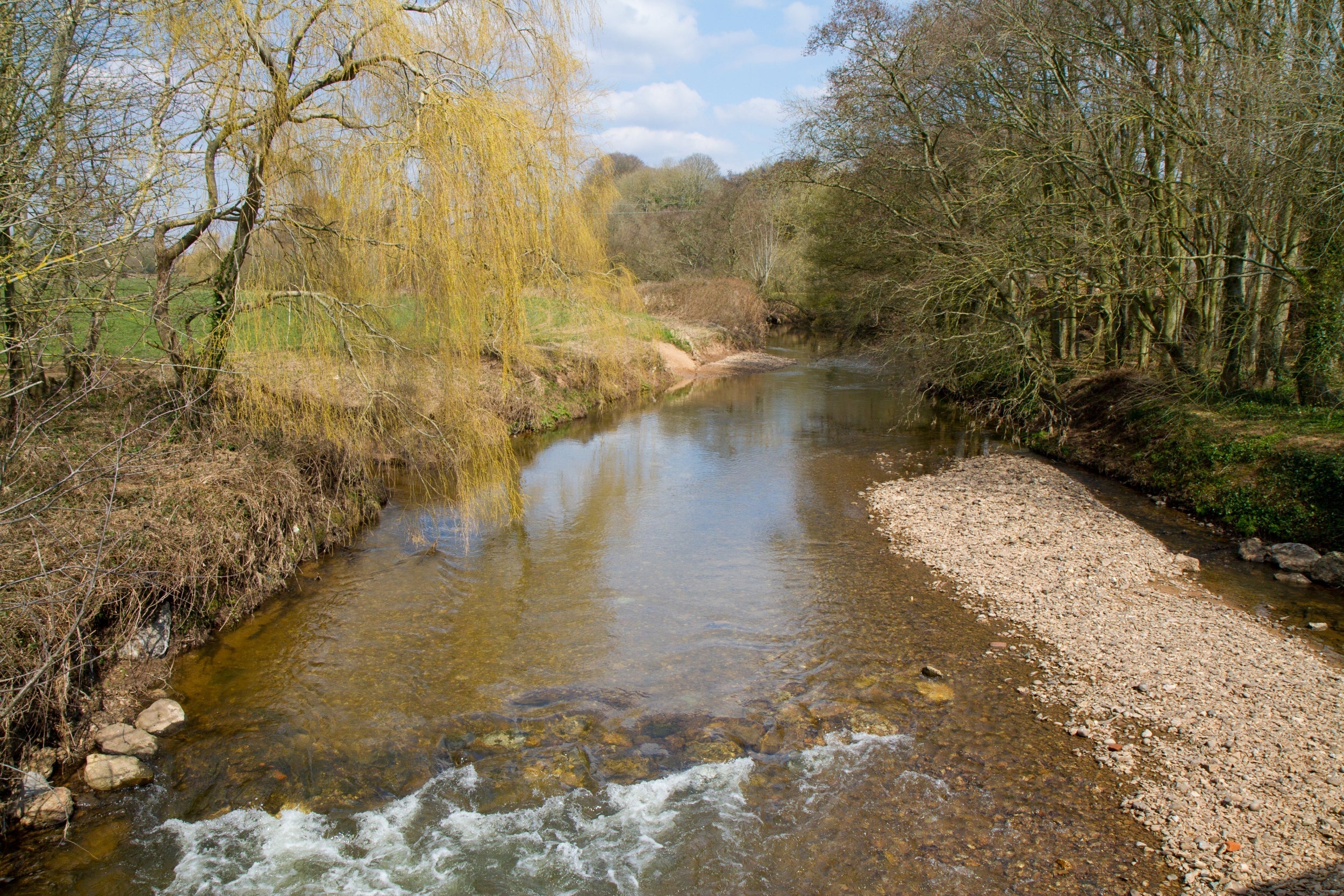
As of early March, there are a total of 87 flood warnings and 185 flood alerts following the wettest February on record. Two severe flood warnings remain in place in Shropshire, with the River Severn threatening to burst its banks. While Storm Jorge – the latest in an onslaught of named storms – wrought havoc on areas already battered by flooding, heaving rainfall, and tempestuous gales. John Curtin, xecutive director of flood and coastal risk management at the Environment Agency (EA), has claimed that Storm Ciara caused the flooding of 800 properties and Storm Dennis affected 600.
As deluges inflict extensive and devastating damage on people’s lives, the impetus to find urgent solutions for managing flood risk has surely never been so imperative. “We’re only scratching the surface with this,” Professor Driver tells me. “Less than 1 per cent of the EA’s capital flood budget, £2.5bn for the period 2016-21, is spent on natural flood risk management.” Clearly, the UK desperately needs to rethink its approach to flooding.
As deluges inflict extensive and devastating damage to people’s lives, the impetus to find urgent solutions for managing flood risk has surely never been so imperative
This comes after George Eustice, the environment secretary, pledged to spend over £4bn over the next parliament on flood defences. “The Environment Agency are currently working on a strategy … that is going to look at whether we should be doing more by way of nature-based solutions”, Eustice declared to Andrew Marr in a BBC discussion.
“That’s tackling the problem upstream with soft dams, for instance, and floodplains, and planning more trees to hold water upstream. This has got to be part of the solution going forward.” Much more still needs to be done; but the fact that senior government officials are giving this issue publicity, and including it in manifestos, can surely only be a good thing.
It is up to conservationists and the public to apply pressure and ensure words become funded policy. While natural flood management practices are far from the ultimate fix, they do have their part to play in systemic flood risk reduction.
From government, the slippage into conversations about Brexit are never far away; that discourse is now one of post-Brexit, of course. Leaving the European Union will have a host of ramifications for the UK, not least the undesirable bureaucratic agony of untethering ourselves from the EU. Enter, the Common Agricultural Policy (CAP).

Ostensibly the EU’s system of agricultural subsidies and other programmes, the CAP has actually drawn wide-spread criticism from member states since its inception. Since 1973, the CAP has essentially been forcing farmers in the UK to farm the land unsustainably. Not of their own volition, of course, but by virtue of simply abiding by what the policy enforces. The CAP has been unsuccessful in creating a sustainable future for farmland, causing soil degradation and overgrazing of pasture which has led to increased flood risk further downstream.
The subject of many internal reforms throughout the past few decades, one, small “silver lining” of Brexit is that it offers the possibility (if not the promise) of a more sustainable agricultural policy in the UK.
Although Brexit has caused a horde of changes, it also opens up the prospect of exploiting shakeups in the state of things. Purely in the interests of sustainable environmentalism (without any sabre-rattling jingoism) the UK will be able to determine its own agricultural future for the first time in nearly 50 years.
The £3bn that was previously spent on CAP subsidies could in theory be used to pay UK farmers and landowners and incentivise rewilding practices through a transformation of farm subsidies. A new agricultural policy would therefore offer financial stimulus to farmers to promote biodiversity and carbon sequestration in the service of the public good.
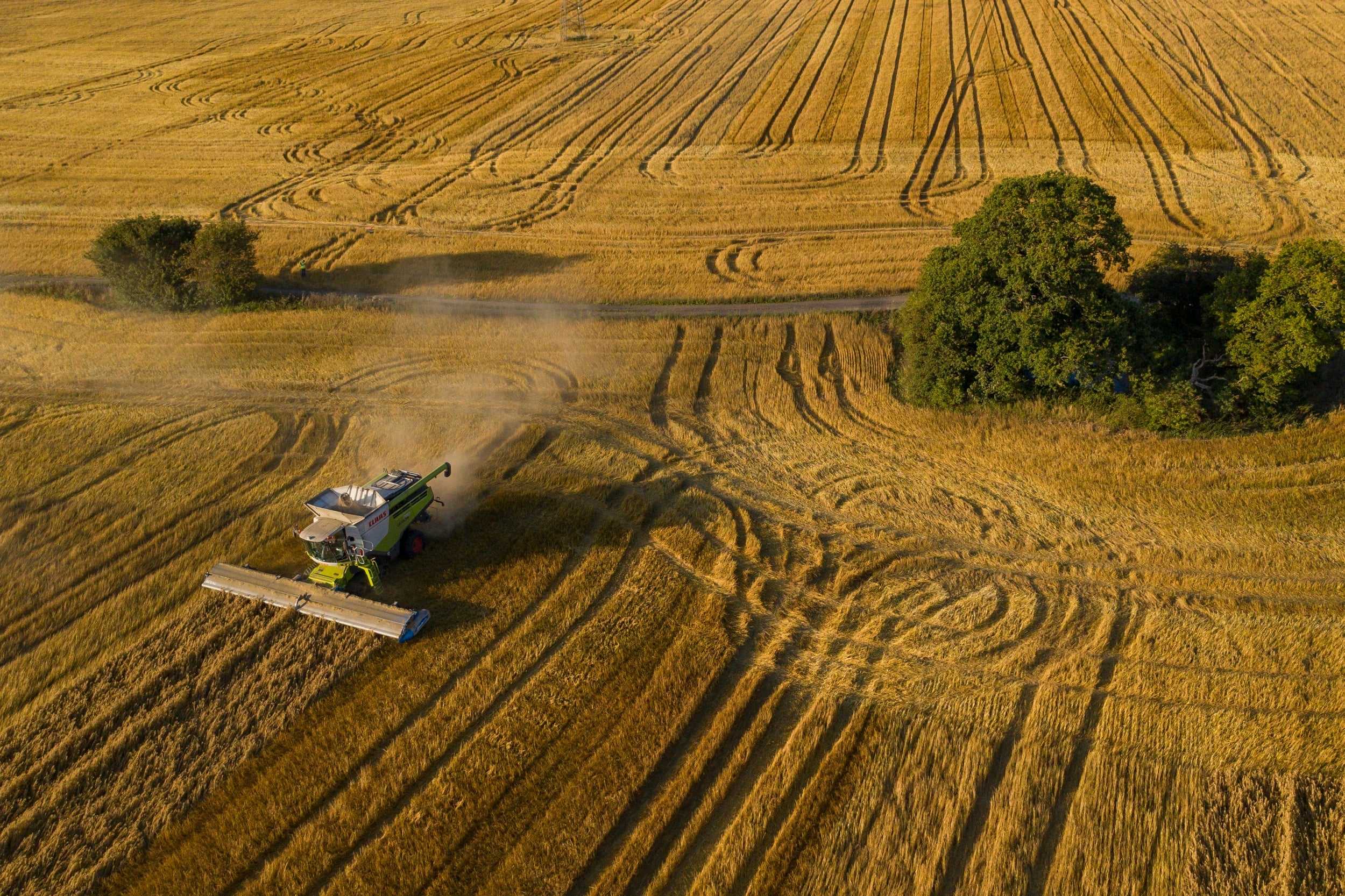
The good news is that this is not just relegated to the realm of theory. In the uncertainty of post-Brexit Britain there is, thankfully, a morsel of clarity. Defra’s landmark replacement for the EU’s CAP, the so-called Agriculture Bill 2019-21, could be one of the most influential pieces of farming legislation in decades and is currently working its way through the House of Commons.
Today, 70 per cent (17.4 million hectares) of the UK is under farm management. The new Agriculture Bill could have a significant influence on the livelihoods of the tens of thousands of agricultural businesses in the UK and the 460,000 people who work on them.
We’re only scratching the surface with this. Less than 1 per cent of the EA’s capital flood budget, £2.5bn for the period 2016-21, is spent on natural flood risk management
The heart of the bill is a phasing-out of the Basic Payments Scheme towards a “public money for public goods” system; that is, a shift away from direct payments being made to farmers based on the amount of farmland they manage. A target of critique in the CAP, these payments disproportionately favoured large landowners, forcibly increased land prices, created barriers to entry, and encouraged low-yield land to be farmed at the expense of wildlife habitats.
What the new Agriculture Bill sets out is that farmers and landowners will, in effect, be paid to produce public goods: better biodiversity, better flood risk management, better water quality, more carbon sequestration. This is a representation of the things the new proposed arrangement will seek to reward farmers for. These too are the goals of rewilding.
The centrepiece of the government’s new public money for public goods approach is the Environmental Land Management (ELM) scheme, due to be rolled out in 2024. In effect, the ELM programme means that those who are awarded ELM agreements will be given public money in return for providing environmental benefits.
60%
Decrease in the UK’s most important wildlife since 1970
The hope is that landowners will improve air, water and soil quality, promote biodiverse landscapes for plants and wildlife to thrive, and reduce environmental hazards and pollution. With pilot schemes already underway, the ELM system – at least one sanguine outcome of Brexit – represents a welcome change from CAP’s often short-term myopia.
If the government is serious about this, and delivers what it is suggesting, conventional farming would be committed to incorporating rewilding into its daily practice and be forever changed by safeguarding huge, biodiverse areas. That, at least, is the dream of charities such as Rewilding Britain.
As part of his work with the charity, Professor Driver hopes to ensure that rewilding subsidies will become part of the Agriculture Bill’s ELM programme, and justifiably so. Beyond the restoration of lost wildlife and plants, wild and healthy ecosystems can provide carbon sinks, prevent flooding, improve air and water quality, but also provide us with sources of ecotourism, research and leisure. The fact that rewilding requires a joined-up approach in the way that it functions means that its benefits are manifold and universal.
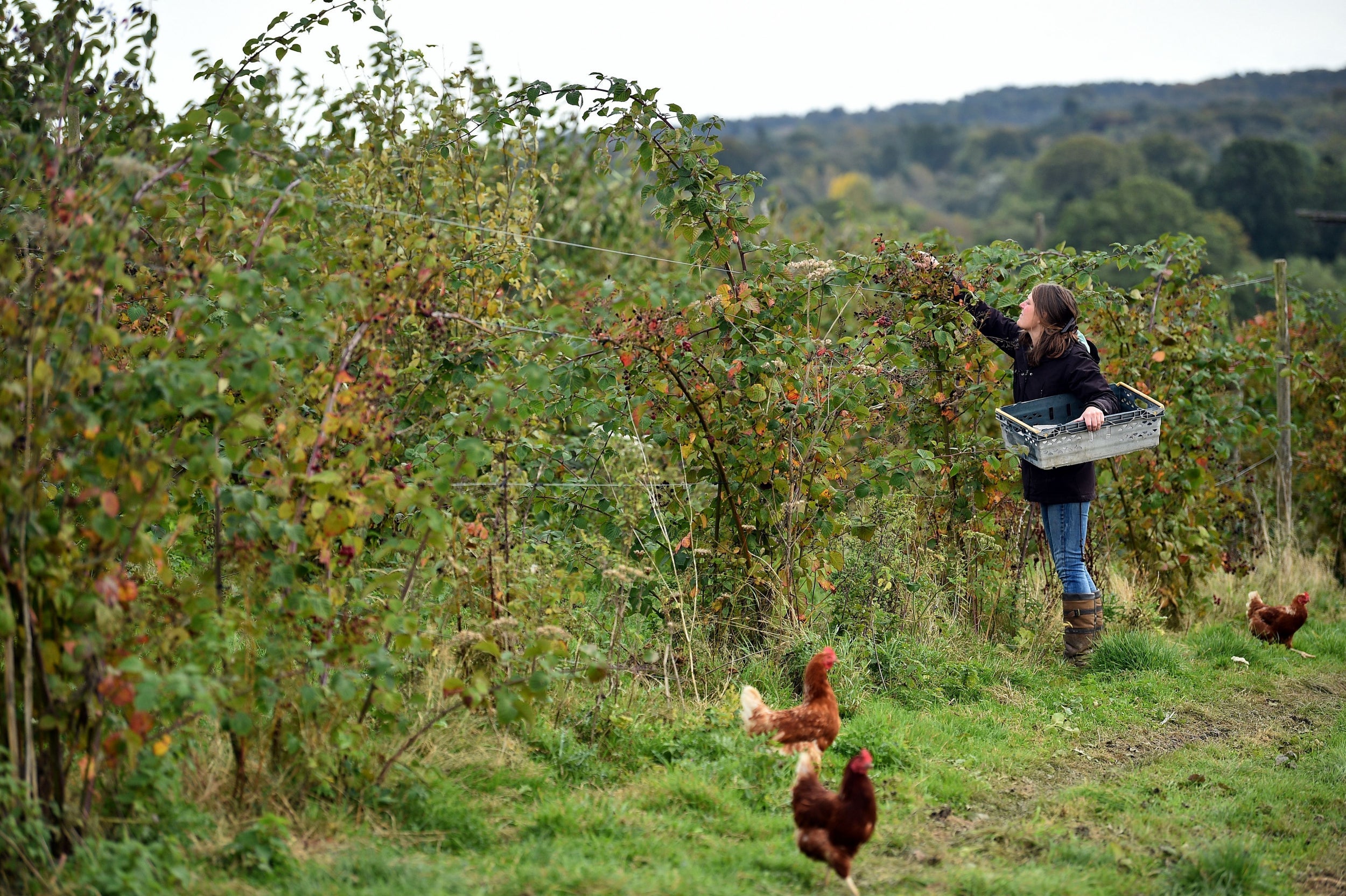
It has been suggested that the public goods engendered by the scheme will make up a three-tiered system of priorities. The first, largely comprising pro-environmental sustainability actions for farmers, ie field margins, robust soil health and efficient water use. The second tier might allow for the delivery of locally targeted environmental outcomes, which could include habitat creation, tree planting, and natural flood management. The third and final tier would involve large-scale land use change projects that would empower land managers to contribute towards environmental commitments; these might include woodland and wetland creation schemes, as well as peatland restoration projects.
Defra has opened up a forum for the ELM project to facilitate a co-designing of the policy. Professor Driver has been advocating, ideally, for the inclusion of rewilding practices in tier three of the government’s ELM policy, because its focus on large-scale land use is far more aligned with rewilding’s foci. Should campaigning be successful, rewilding subsidies could be enshrined into UK law as part of the new Agriculture Bill.
Without EU watchdogs and guardianship, the UK must ensure that this Environment Bill replaces the maintenance of these laws and standards
A seven-year transition period will see farmers depart from the CAP regulations to the ELM contracts, which are expected to match the previous rate of EU subsidies at £3bn per annum. The ELM programmes will stipulate the terms by which farmers and landowners will receive their public goods funding payments.
All of this, we are told, will be part of the government’s 25-Year Environment Plan and Clean Growth Strategy – measures to improve air, soil and water quality; raise animal welfare standards; reduce pollution and flooding; and to develop participatory opportunities in tandem with the environment.
But there is more than one bill. Another new piece of legislation, the Environment Bill, will enshrine environmental principles in law post-Brexit. Without EU watchdogs and guardianship, the UK must ensure that this Environment Bill replaces the maintenance of these laws and standards.
Around 80 per cent of the UK’s environmental laws have been forged in partnership with other European nations, and, under EU regulations, the UK would be taken to court were it to violate them. In turn, government ministers have proposed the Office for Environmental Protection to act as an independent statutory body to safeguard environmental standards. But it has many detractors, wary of whether such an organisation could be entirely neutral or, indeed, able to replicate the structural penalties of EU environmental protections.
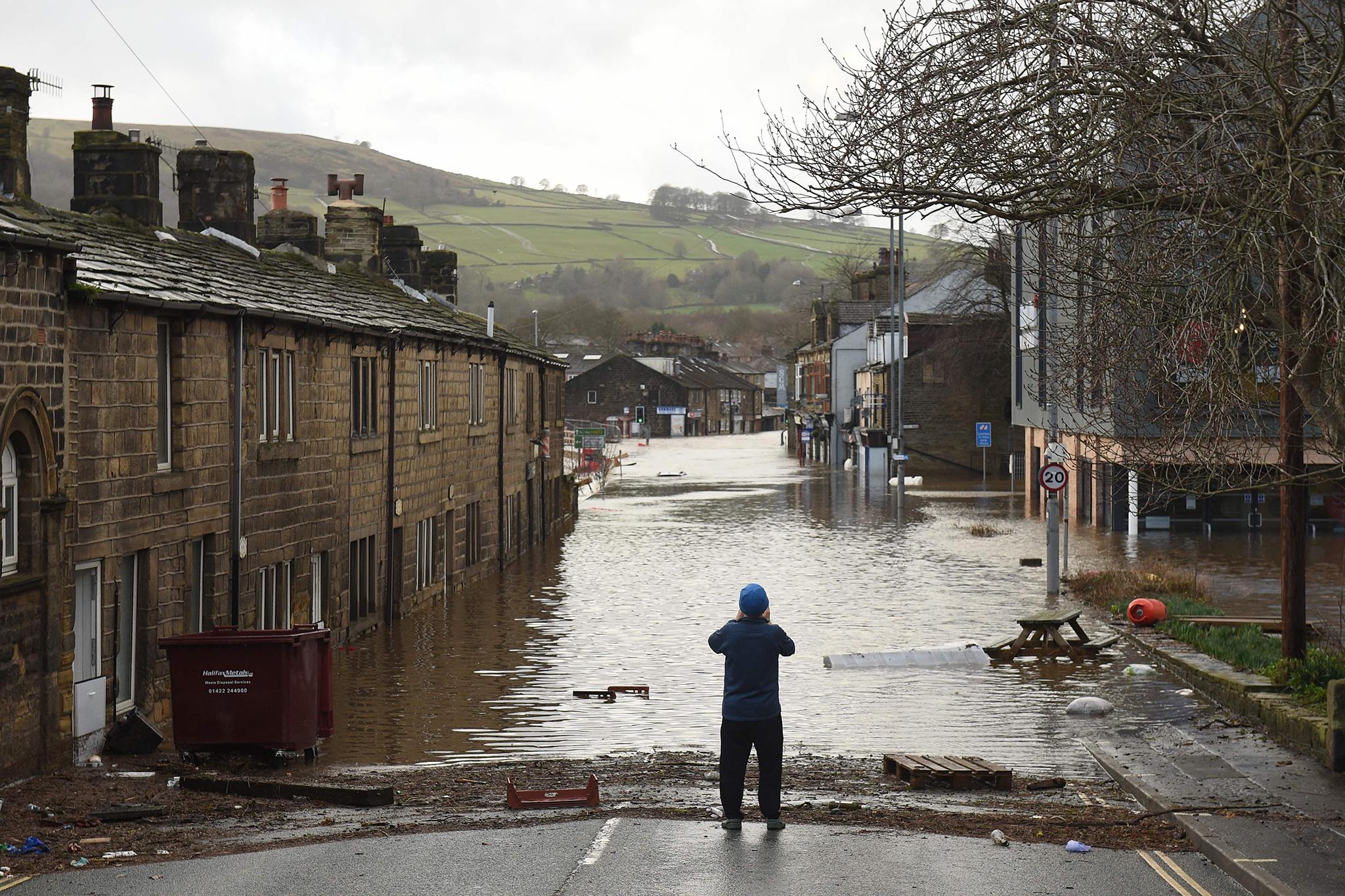
In the post-Brexit context, the powers of government are changing; it is vital that the scale of the tasks ahead are effectively communicated to farmers. With agricultural production and environmental statutes on the move, farmers – at the mercy of top-down policymaking – need to be consulted and encouraged to buy-in to the ELM programme and its attendant promise of rewilding. Thankfully, Defra has already made a commitment to design the scheme in collaboration with landowners and farming businesses.
“The places where costs are incurred are not always the places where the benefits are realised,” Professor Driver reminds me. The key driver of change in this volte-face of land use is the climate crisis we find ourselves in; but, for these changes to be enacted, it is essential that the policies are pragmatic and engender popular support.
Rewilding is about developing productive equilibriums between nature and communities, to restore natural balances
Decarbonising the agricultural industry, and, hopefully rewilding sections of land, means a disruptive revision of the accepted conventions of farming – whether economically, politically, or practically, farmers need to be convinced that the Agriculture Bill will work for them.
Like Brexit itself, there is still a vagueness that hangs over the bill. For instance, it lacks clarified responsibilities as to the protection of British farmers from imported undercutting. In terms of food production standards, this will represent a key element of trade deal negotiations.
Whether the new bill will supersede the CAP effectively and sustainably remains to be seen. If it can it will not be easy, but it at least allows for the prospect of large-scale restoration of land and the potential to revamp non-viable food production practices for the good of the planet. Making rewilding part of post-Brexit farming policy will require close collaboration with those affected, but its inherent benefits for all are inarguably promising.
To further strengthen the claim, science has also backed post-Brexit rewilding if certain caveats are taken into consideration. Research conducted by Dr Chris Sandom, Dr Adrian Ely, and Benedict Dempsey from the University of Sussex, along with other contributing authors, has been published in the Journal of Applied Ecology. Using the English uplands as a case study, the paper explores the obstacles and opportunities of rewilding, focusing on various locations including Exmoor, Dartmoor and Wild Ennerdale in the Lake District.
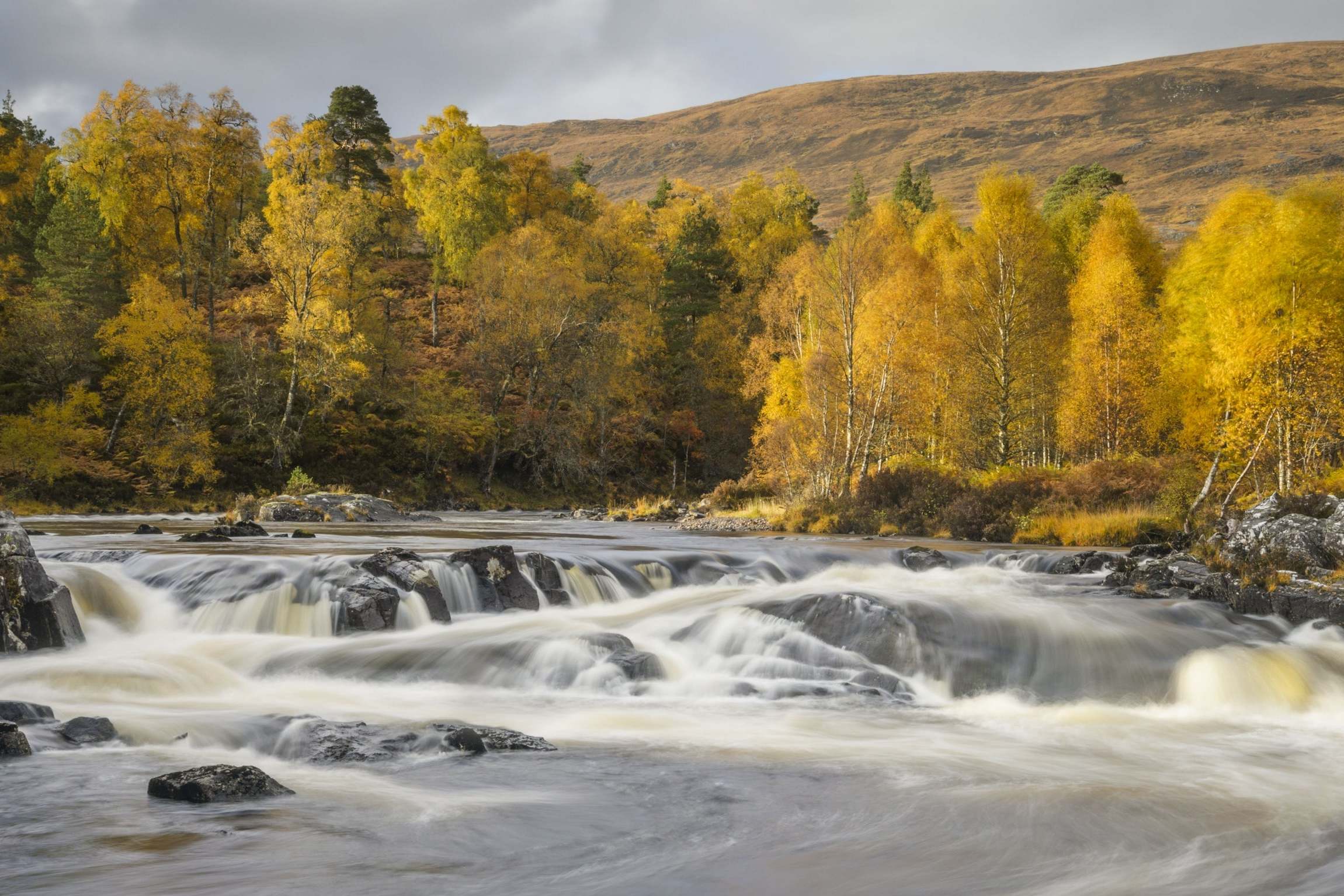
Their research proposes several different ways in which practitioners and policymakers in English uplands (which themselves account for 12 per cent of UK landmass) are currently relating with rewilding. While rewilding is often perceived to be an affront to traditional farming and land usage, this study demonstrates the means by which rewilding would appeal to farmers in the post-Brexit milieu. Rather, farming and rewilding can forge a respectful, symbiotic relationship.
Dr Sandom, a lecturer in biology at the University of Sussex, claims that “with Brexit, we have a more imminent opportunity to try another approach – a long-term and nature-led strategy which could really improve our landscape”.
This is a claim substantiated by Stefan Jimenez Wisler – a co-author of the study and a former land use policy adviser for the CLA. “Farmers and landowners are eager to contribute to environmental improvements and achieve the environmental and business opportunities associated with the range of rewilding approaches identified; whether it is active management at a holding level, passive management at landscape scale or anything in between.
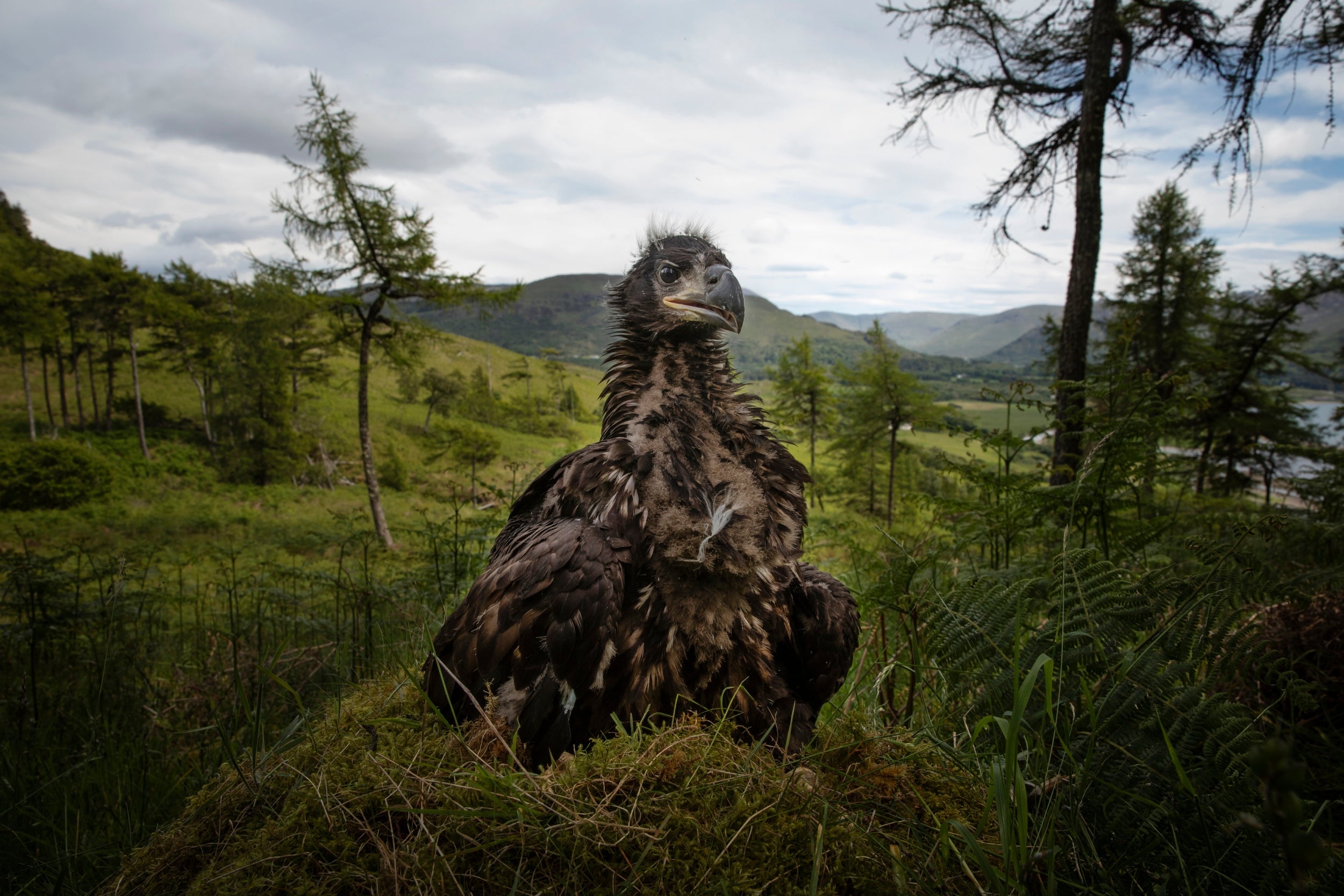
“As the UK leaves the CAP, the introduction of a new agricultural policy in England based on public money for public goods is a welcome change that will better enable rewilding approaches to be taken, by accounting for and rewarding the wide range of benefits to wildlife, water, climate and soils that rewilding can provide.
“The timing of this overarching policy change means that the English uplands serve as an ideal case study for testing the barriers and opportunities to rewilding. As new policy is implemented in the coming years, opportunities exist to transfer these lessons to other countries in Europe and around the world.”
Elsewhere, Simon Lewis, professor of global change science at University College London and the University of Leeds, is a keen proponent of the Labour Party’s Green New Deal. In his 2019 report, “A Green New Deal for Nature”, Professor Lewis argues that returning land to its natural state could be a key part of Labour’s plan to decarbonise society and the economy by 2030.
As well as investing in renewable energy sources and phasing out fossil fuel consumption, Labour plans also include investment in a public works programme in service of zero-carbon infrastructure for the future. Rewilding, too, forms a substantial part of Professor Lewis’s report. “Natural climate solutions”, such as the restoration of wetlands and forests, could sequester considerable quantities of carbon dioxide. Fleshed out to a large-scale operation, he suggests that this could limit global heating to well below 2C.
Professor Lewis has costed this and other rewilding and decarbonising propositions, suggesting that the Green New Deal could be paid for by the redistribution of the £3bn CAP subsidy expenditure.
While the philosophy of rewilding asks for a wholesale approach, encouraging popular support is much easier with small-scale operations. Minor schemes spread out across the country may eventually blossom into a much grander scope, but the aim for next century is simply to foster a healthier, functioning ecosystem with its natural processes restored.
Rewilding is about developing productive equilibriums between nature and communities, to restore natural balances which have positive outcomes for both human and non-human parties. In the end, in the midst of the Anthropocene’s climate emergency, “it is a moral obligation”, Professor Driver reminds me at the close of our discussion. “We need to rewild, not just nature, but our minds”.
Join our commenting forum
Join thought-provoking conversations, follow other Independent readers and see their replies
Comments